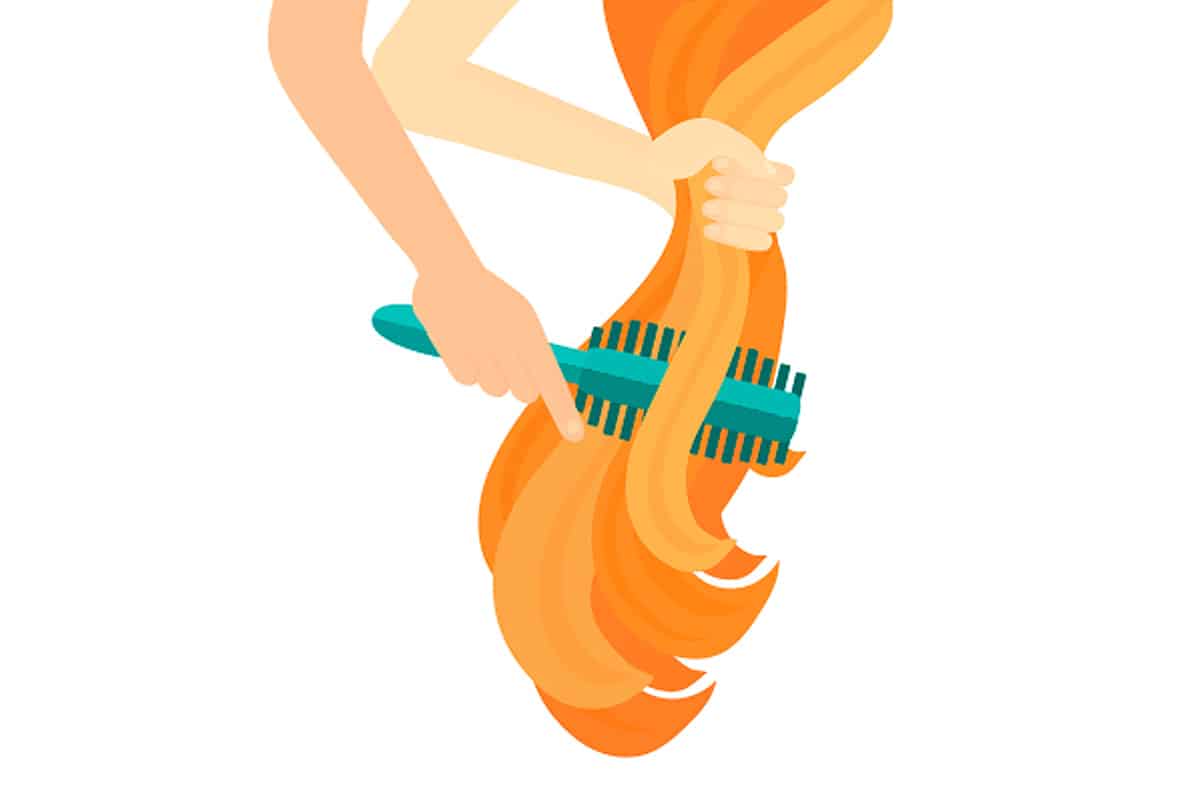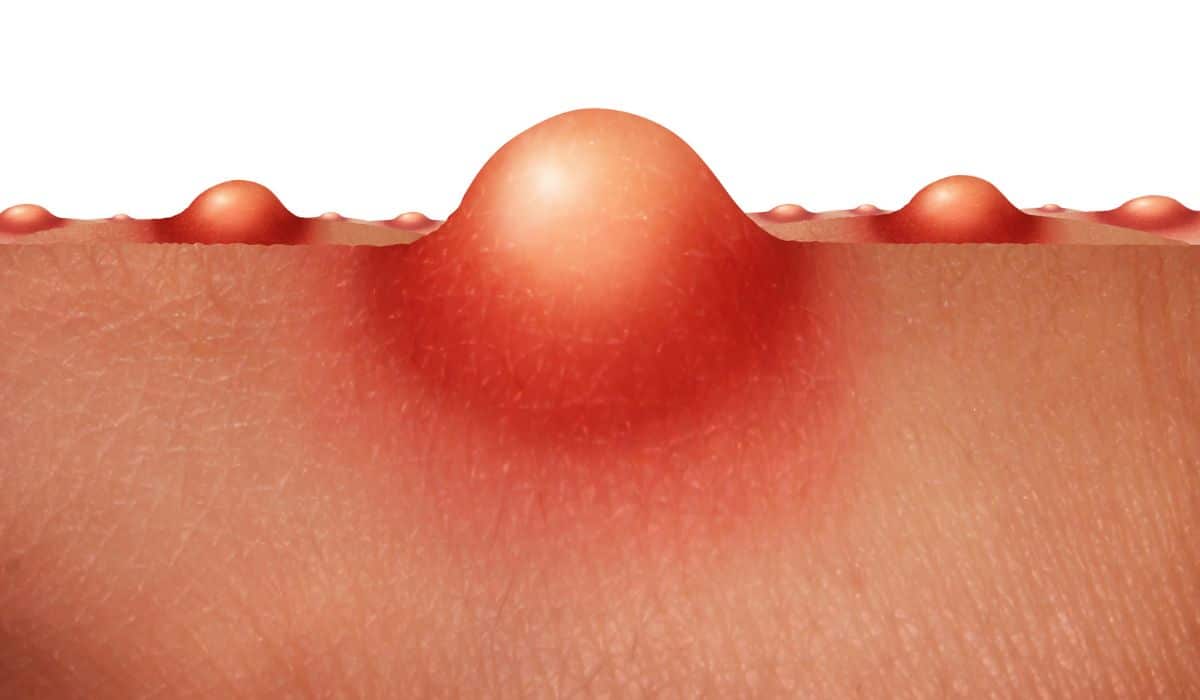Cosmetic issues with skin health and hair loss can certainly be embarrassing, but most of the time we assume they’re not very serious. Actually though, a lot of cosmetic woes are connected to an underlying metabolic problem, insulin resistance.
If you don’t know what insulin resistance is, go here first. The rest of this post will make absolutely no sense to you unless you know what insulin is, where insulin resistance comes from, and why it's bad.
With that said, here’s a look at 5 common hair and skin problems and the evidence that they may be caused by underlying insulin resistance. These are only things that affect 10% or more of the average adult population, so no ultra-rare autoimmune diseases with 30 known patients in the whole world. Cosmetic signs of insulin resistance are very common: this study reports that 85% of patients with insulin resistance have at least one kind of skin abnormality.
This isn’t to get you agonizing over every tiny blemish - for one thing, it’s totally normal for adult skin to have some imperfections, scars, freckles, and rough patches. Less-than-Photoshopped skin isn’t a sign of insulin resistance; it’s a sign that you’re a real live person and not a magazine cover. But if you start seeing a pattern, it might be worth your attention, and if you noticed some exciting skin improvements after starting Paleo, this could explain things.
1. Skin tags
How common are they? About 46% of adults have them, and that rises to 59% in people over 70.
What are they? Skin tags are small, soft, painless bumps that typically grow in skin folds (like the neck and armpits).
Having multiple skin tags is significantly associated with insulin resistance. Or here’s another study: a greater number of skin tags is associated with more belly fat, higher leptin levels, and the metabolic syndrome. This study also found that they were associated with other components of the metabolic system, like high blood pressure and elevated inflammatory markers.
Skin tags are so closely associated with insulin resistance that they’re used to help diagnose the condition. Chronically high insulin levels cause abnormal growth in fibroblasts (a type of cells in the skin), which causes the skin tags.
2. Androgenetic Alopecia (hair loss)

How common is it?
- For men: 58% of men have at least some degree of hair loss by age 30.
- For women: around 12% of women have androgenetic alopecia by age 30, and up to 40% by age 60.
What is it? Male-pattern hair loss.
Androgenetic alopecia is associated with insulin resistance in men and in women. This study even makes the case for a “male equivalent of PCOS” marked by significant insulin resistance and related hormonal problems, causing premature hair loss.
Scientists aren’t totally sure how insulin resistance contributes to hair loss: this study argues that insulin resistance reduces blood flow to the scalp, which prevents the flow of nutrients to hair follicles and reduces hair growth. Insulin also regulates the production of Sex hormone-binding globulin (SHBG), which in turn controls androgen hormones that are the primary regulators of hair growth.
But whatever the link is, it’s strong. Just like some studies use skin tags to help diagnose insulin resistance, this study argues that hair loss can also be a diagnostic tool for insulin problems.
3. Acanthosis nigricans (dark patches of skin)
How common is it? About 20% of randomly-selected people have it, but that rises to 74% if you look only at people with obesity.
What is it? Dark-colored and velvety patches of skin, often in the armpits and around the folds of the neck (although they can be other places as well).
There’s a genetic form of acanthosis nigricans, but it’s rare. Mostly, it’s caused by insulin resistance. In people with insulin resistance, production of insulin is constantly high. As this study explains, chronically high insulin levels cause skin cells called keratinocytes and fibroblasts to grow more than usual. This turns the skin darker and causes the roughness.
Several other research groups have found that acanthosis nigricans is associated with insulin resistance. And some trials have found that metformin, which improves insulin sensitivity and is often used to treat diabetes, also reduces AN. As this review put it:
“Treatment of IRORAN [insulin resistance obesity-related acanthosis nigricans] should focus on reversal of the underlying hyperinsulinemia. Patients with IRORAN may benefit from a trial of metformin for improvement of lesions and underlying hyperinsulinemia.”
4. Hirsutism (male pattern hair growth in women)
How common is it? Hirsutism is found in about 10% of women.
What is it? Hair growth in places where men usually have hair and women usually don’t - women with beards, mustaches, and chest hair have hirsutism.
Insulin resistance might cause hair loss on your head, where most people want to have hair, but paradoxically, it can also cause hair growth in unwanted places, especially for women.
The two diseases most closely associated with hirsutism are polycystic ovary syndrome (PCOS) and type 2 diabetes. Insulin resistance is a major aspect of both diseases, and there's also evidence that hirsutism is specifically connected to insulin. For example, this study looked at idiopathic hirsutism (hair growth in the wrong places that can’t be explained by any known disease). The researchers found that hirsutism was associated with insulin resistance. Their explanation was simple: high insulin levels affect the sex hormones that regulate hair growth. In women with insulin resistance, this causes male-pattern hair growth.
On the positive side, this study found that the insulin-sensitizing drug metformin reduced hirsutism in girls. And in this study, the insulin-sensitizing drug troglitazone reduced hirsutism in adult women with PCOS. So insulin resistance does seem to be a factor in hirsutism, but addressing the insulin resistance can help resolve the problem.
5. Acne

How common is it? Almost universal (around 90% prevalence) in teenagers. It’s less common in adults, but quite a few adults still struggle with acne.
What is it? If you don't know what acne is, thank whatever skin deities blessed you and everyone you know, and feel free to stop reading here.
Insulin resistance also has a role in that scourge of high school life, acne. Specifically, insulin increases the production of the protein IGF-1, which goes on to affect sex hormones and the growth of cells called sebocytes. Sebocytes are the cells that produce sebum - that’s the white stuff in whiteheads and the black stuff in blackheads. Overproduction of sebum is a major factor in developing acne, so by ramping up sebum production, insulin resistance significantly increases the risk of developing acne.
Because acne is so common, it's been studied to death, and several of those studies have linked acne to insulin resistance. For example, this study looked at men - the worse the men’s acne, the worse their insulin resistance. The classic paper on this for Paleo types is Loren Cordain’s 2002 paper on acne as a “disease of western civilization,” linking acne to the metabolic problems caused by eating a lot of refined carbs.
But the more interesting studies are the ones that try to fix the problem. In this study, the researchers gave men with acne a low-glycemic-index diet (basically “no junk carbs” - the diet was 45% carbs, but all of them from whole foods, not Twinkies and Coke). The men’s insulin sensitivity improved and their acne got significantly better. Insulin resistance might be a factor in developing acne, but that might be the good news, because at least it's possible to do something about the problem and see the acne improve.
Summing it Up
Cosmetic problems don't always just involve the skin - sometimes they can be signs of a bigger problem under the surface. Skin tags, acanthosis nigricans, male pattern hair loss, hirsutism, and acne are all partly caused by insulin resistance and high insulin levels. That's probably one reason why people get that “glow” when they start paying attention to food quality. A better diet improves their metabolic health, and the results are visible on the outside.
From a Paleo perspective, the good news is that diet can be a huge help in tackling insulin resistance. A good starting strategy is to figure out your optimal carb level and eat for good metabolic health - without getting into a huge amount of detail, basing your diet on high-quality animal foods, fresh vegetables, and healthy fats is a good jump-off point.





Leave a Reply